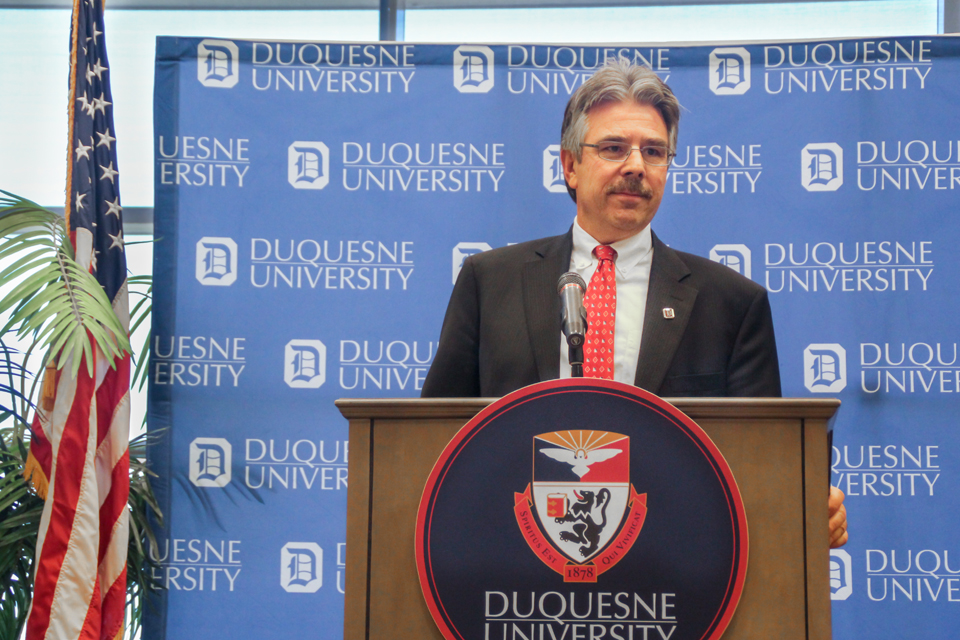
By Rebekah Devorak | Opinions Editor
What seems more dangerous: tapping out a friend’s number on a physical phone while driving or asking your car’s voice-activated system to do it for you?
According to a study released earlier this month by the AAA Foundation for Traffic Safety, it’s not the obvious answer.
Companies are producing cars today with some serious built-in technology, allowing drivers to sync their phones for use with voice command systems. While at first glance this seems like a safer option – saying “call mom” or “change song” instead of fidgeting with the actual device – these intricate programs can leave drivers distracted for up to 27 seconds after they disengage. This number reflects the amount of time it takes for the driver to become reoriented with the road.
However, it only takes a short three seconds of distracted driving to cause a car accident according to the National Highway Traffic Safety Administration.
The study itself was limited to users testing these systems – such as Apple Siri, Microsoft Cortana and Mazda’s own manufactured version – at only 25 mph. According to researchers, the cars traveled the length of nearly three football fields while distracted. Drivers were more likely to miss important things such as stop signs, pedestrians and other vehicles.
This is slower than the average driving speed of 32 mph according to the U.S. Department of Transportation. Imagine what could happen going even faster than that. The effects could be astronomical.
Researchers are even hesitant to suggest use of these systems while stopped at intersections or red lights. AAA’s president and CEO Marshall Doney said, “The reality is that mental distractions persist and can affect driver attention even after the light turns green.”
But the main problem here is that consumers seem to be blissfully unaware of how harmful these hands-free devices really are. The National Safety Council reports that 80 percent of U.S. drivers believe these systems are safer than using a physical phone, and 70 percent use them while driving because of this.
In actuality, a 2009 study by the Federal Motor Carrier Safety Administration shows that there’s no difference in distraction between using a hands-free system or the tangible phone itself.
Marketers are taking advantage of the lack of knowledge about how these programs really affect driving. Mazda, the manufacturer of the system that performed the worst and left drivers distracted for the longest, advertises its Bluetooth technology as letting users “enjoy the drive without the distraction” and equates it to “more freedom on the road.”
They forget to include that it will also lead to higher insurance, hospital and even funeral bills. The United States’ official website for distracted driving reports that 3,328 deaths resulted from use of hands-free devices in 2012 alone.
These companies shouldn’t be allowed to falsely advertise its products, especially when people are dying as a result. This goes for all varieties because they are all unsafe. Chevrolet’s hands-free technology, the best performing system tested, was still rated “moderately distracting.” This left drivers with their minds wandering elsewhere for 15 seconds, five times longer than the time it takes to cause a car crash.
Just as there are Surgeon General warnings denoting the dangers of use on packages of cigarettes regardless of brand, there should be blatant, upfront cautions provided by these manufacturers stating that hands-free systems are truly no safer than the physical use of smartphones while operating a vehicle.
The only way to remain as undistracted as possible while driving is to toss the smartphone and its wonders aside for the moment and focus on the road. Don’t be worried about missing an important message; there are free apps (such as AT&T DriveMode) available for download that will automatically send a text to inform anyone contacting you that you are currently driving and will get back to them later.
Drive safely, everyone.




